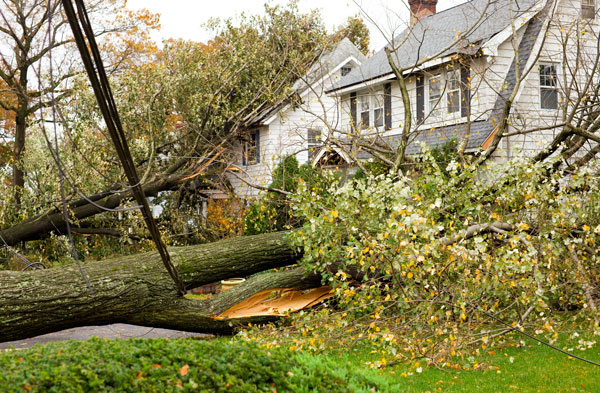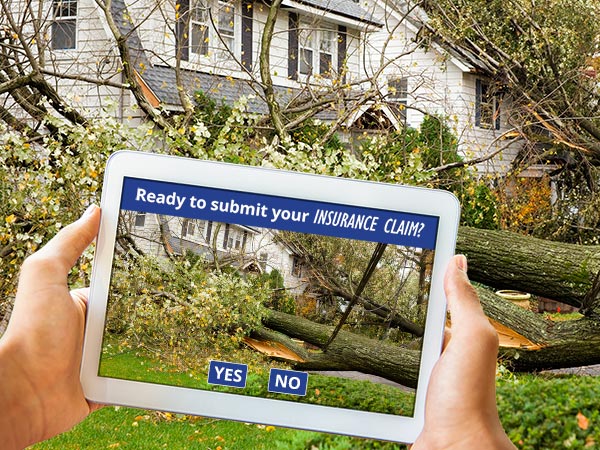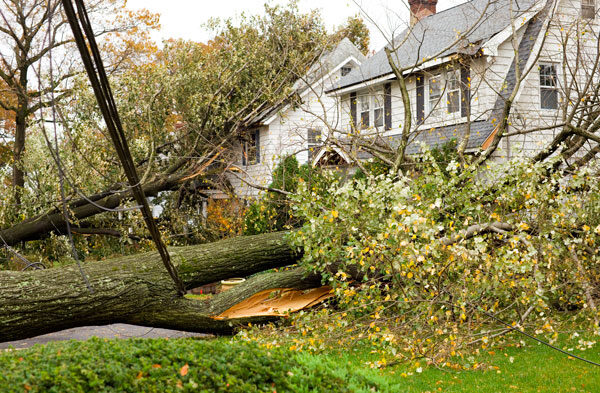From the Shreiner Tree Care Newsletter

This is a question I receive often, usually during a stressful storm damage event. I’m going to break it down into a couple scenarios because tree location and situations can vary. First and foremost property line can vary. Defining it is important. It’s best not to guess. Get a survey!
Scenario #1: If the tree is clearly on your neighbor’s property and falls into your yard without causing property damage, it’s generally an expense shared by both neighbors. However, in certain situations when there is an unpleasant relationship, typically the violated homeowner would clean the tree up to the property line. Most insurance companies do not assist in the cleanup cost because there no damaged as occurred and/or your deductible is higher than the cost of cleanup.
Scenario #2: If your neighbor’s tree falls and causes damage to your property, then your homeowner’s insurance policy will pick up some of the expense of removing the tree. Certain aspects of the tree damage clean up are covered and others aren’t. Know what your policy will cover. Typically, most of the construction repairs (minus your deductible) are covered. I’ve seen situations where cooperative neighbors will sometimes pay the deductible and/or contribute to the cleanup costs of the violated neighbor.
Scenario #3: If the property line bisects the tree trunk then technically/legally either neighbor can do with the tree what they want in regard to pruning and removal. However, written permission is strongly suggested before work is performed. In a storm event, property damage would trigger which insurance company would cover costs.

Protect yourself from a neighbor’s tree: If a neighboring tree looks unsafe or feelings threatening, ACT! Most often your neighbor is unaware of the condition so it’s best to have a conversation prior to sending a letter. I have assisted many clients by being the mediator, letting the neighbor know of my clients’ concerns. The next step is to follow up in writing, as it is the only way to be financially protected in the event of a future accident if the neighbor fails to address the situation.
We train our arborists to examine neighboring trees that are close to the property. If we recognize a potentially hazardous situation, we will point it out to our client so action can be taken before there’s a problem.
It’s a good idea to review your homeowner’s policy and speak with your agent now to better understand what’s covered and what’s not. I would recommend trying to have a dialogue with your neighbor. Working on the cleanup cooperatively is always the best approach.

